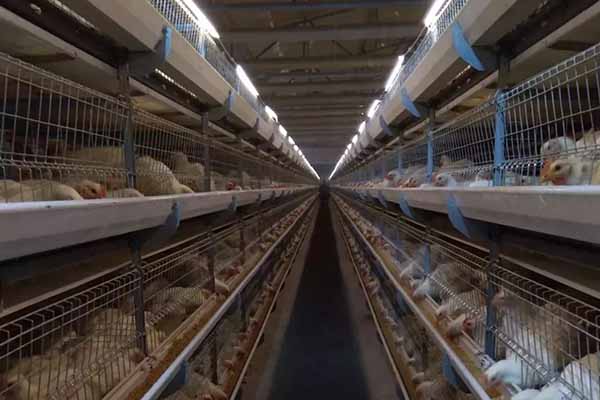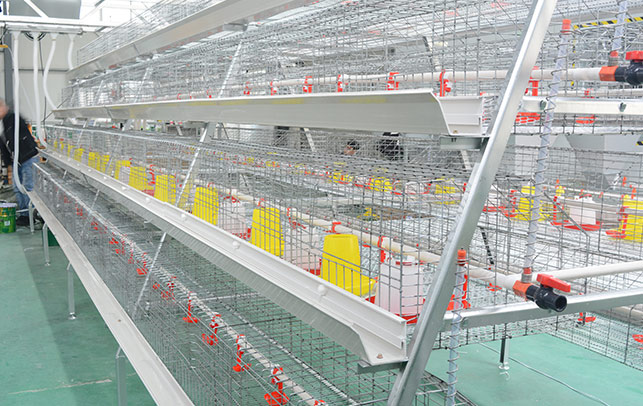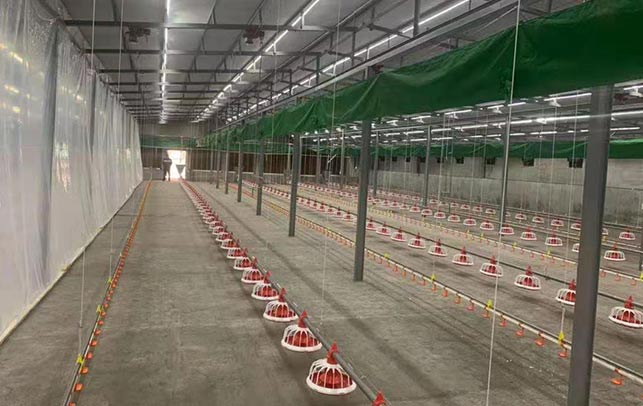Commercial Poultry Farming in Kenya: A Comprehensive Guide
Time : 2025-05-13
Kenya, a country rich in agricultural potential, has seen a significant rise in commercial poultry farming over the years. This sector has become a vital part of the Kenyan economy, providing employment, food security, and income opportunities. In this article, we’ll delve into the world of commercial poultry farming in Kenya, covering everything from the basics to the latest trends.
Understanding Commercial Poultry Farming in Kenya
Commercial poultry farming in Kenya involves raising chickens for meat and eggs on a large scale. It’s a dynamic industry that requires careful planning, management, and knowledge of animal husbandry. Let’s break down the key aspects of this thriving sector.
Types of Poultry Raised
The most common types of poultry raised in Kenya are chickens for meat (broilers) and chickens for eggs (layers). Broilers are bred for their fast growth and high meat yield, while layers are bred for their egg-laying ability.
Broilers
Broilers are the go-to choice for meat production due to their rapid growth rate. They can reach market weight in just 6-8 weeks, making them highly efficient for commercial farming. The most popular broiler breeds in Kenya include Cobb, Ross, and Arbor Acres.
Layers
Layers are bred to produce a high number of eggs over their laying life. The most common layer breeds in Kenya are ISA, Lohmann, and Hy-Line. These birds start laying eggs at around 18 weeks of age and can continue laying for about 2 years.

Setting Up a Poultry Farm
Starting a commercial poultry farm in Kenya requires thorough planning and investment. Here are the key steps to get you started:
1. Market Research
Before diving into poultry farming, it’s crucial to understand the market demand. Conduct research to determine the demand for meat and eggs  in your target area. This will help you decide the scale of your operation and the type of poultry to raise.
in your target area. This will help you decide the scale of your operation and the type of poultry to raise.
2. Choosing the Right Location
Location is vital for the success of your poultry farm. Look for a site that is easily accessible, close to your market, and has a stable water supply. The area should also be free from predators and diseases.
3. Building the Coop
Your poultry coop is the heart of your farm. It should be well-ventilated, predator-proof, and designed to provide adequate space for your birds. Ensure that the coop has a reliable power source for lighting and heating.
4. Purchasing Poultry
Once your coop is ready, it’s time to buy your poultry. Purchase healthy chicks or day-old chicks from a reputable supplier. It’s essential to keep track of your birds’ health and growth to ensure they reach market weight or lay eggs efficiently.
Feeding and Management
Proper feeding and management are critical to the success of your poultry farm. Here are some tips to keep your birds healthy and productive:
1. Balanced Diet
Feed your birds a balanced diet that meets their nutritional needs. This includes a mix of grains, protein sources, vitamins, and minerals. Consult with a poultry nutritionist to create a diet that suits your birds’ specific requirements.
2. Hygiene and Health
Regularly clean your coop to prevent diseases and parasites. Vaccinate your birds against common poultry diseases to ensure their health and reduce the risk of outbreaks.
3. Monitoring Growth and Egg Production
Keep track of your birds’ growth and egg production. Adjust their diet and living conditions as needed to optimize their performance.
Marketing Your Poultry Products
Once your poultry farm is up and running, you’ll need to find ways to market your products. Here are some strategies to consider:
1. Direct Sales
Sell your poultry products directly to consumers through farm gates, markets, or online platforms. This method allows you to maintain a good relationship with your customers and ensures that your products are fresh and of high quality.
2. Wholesale
Consider selling your products to wholesalers or distributors who can supply to supermarkets, restaurants, and other businesses. This can  help you reach a wider market and increase your sales volume.
help you reach a wider market and increase your sales volume.
Challenges and Opportunities in Commercial Poultry Farming
Like any other industry, commercial poultry farming in Kenya faces its share of challenges and opportunities:
1. Challenges
Some of the challenges faced by poultry farmers in Kenya include:
- High feed costs
- Predation and disease outbreaks
- Limited access to finance and markets
2. Opportunities
Despite the challenges, there are several opportunities in the Kenyan poultry industry:
- Growing demand for poultry products
- Government support for agriculture
- Technological advancements in poultry farming
Conclusion
Commercial poultry farming in Kenya is a dynamic and profitable industry. With careful planning, management, and a keen eye on market trends, you can establish a successful poultry farm. By overcoming challenges and embracing opportunities, you can contribute to the growth of the Kenyan poultry industry and enjoy a rewarding career.











